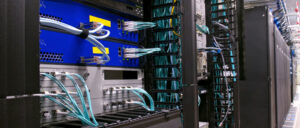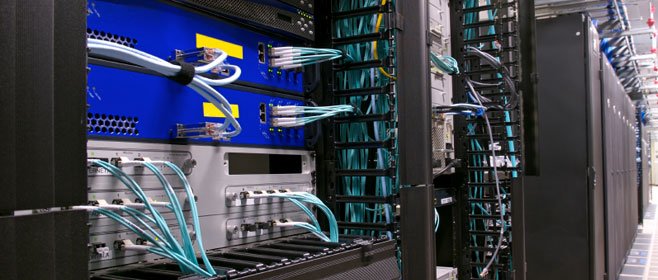 Networking cabling is not a simple task. It entails expertise and attention to detail. What are valuable insights that network technicians need to know about for effective cabling and installations?
Networking cabling is not a simple task. It entails expertise and attention to detail. What are valuable insights that network technicians need to know about for effective cabling and installations?
Cable length is essential.
The telecommunications standards prescribed by the Telecommunications Industry Association and Electronic industries Alliance (TIA-EIA) states that maximum distance end to end of cables should be no more than 100 meters.
This benchmark focuses on commercial cabling designed for products and services associated with the business sector.
Extended patch cables are not advisable.
The reality is this may work out if you possess high-quality cable, good connectors and an excellent cabling system. Such cases will have less chances of disintegrating signals that lead to problems. Lengthy patch cables may not work out for some conditions and locations.
There are also certain physical considerations that you have to consider
This includes congested cable trays. Suspended trays are mounted on ceiling support and hung up in the drop ceiling area. There is a danger of the tray collapsing if the supports give way. Also make sure that you allow for the removal of unused cables. The presence of numerous cables is a safety hazard. It can also generate mediocre operational practices. This takes place when people do not remove unnecessary cables from trays due to difficulty of demolition or laziness.
It is also possible that cables on the underside of the tray can be compressed by the weight of cables above. This applies especially to Cat6 which is both thicker and heavier compared to Cat5 cables. Squashed cables can affect signal transmission. Likewise, hanging cables means that gravity will produce physical stress on the copper cable that will create deformations over time.
It is not advisable to pull too hard during installation. Pulling the cables can lead to damage since it puts stress on the copper core and the thin the wire. Quite often this will affect performance of signals. It is the primary responsibility of the cable manufacturer to guarantee that the cables can withstand some pressure. But the installer should utilize a force meter when pulling the cable to Category 6 standards. It ensures that the pulling strength does not go beyond the prescribed maximum.
Electrical Conduits must not be used for data cables.
Electrical conduits along with termination boxes will not be functional for Cat6 cabling since the right angle bend radius is much smaller than the allowed circumference for Cat 6 copper cables.
Cheap cables have lower standards.
This can lead to signal loss and results in defective signal transmittal. Thin diameter cores are also physically fragile and will possibly snap or stretch further increasing the possibility of failure.

